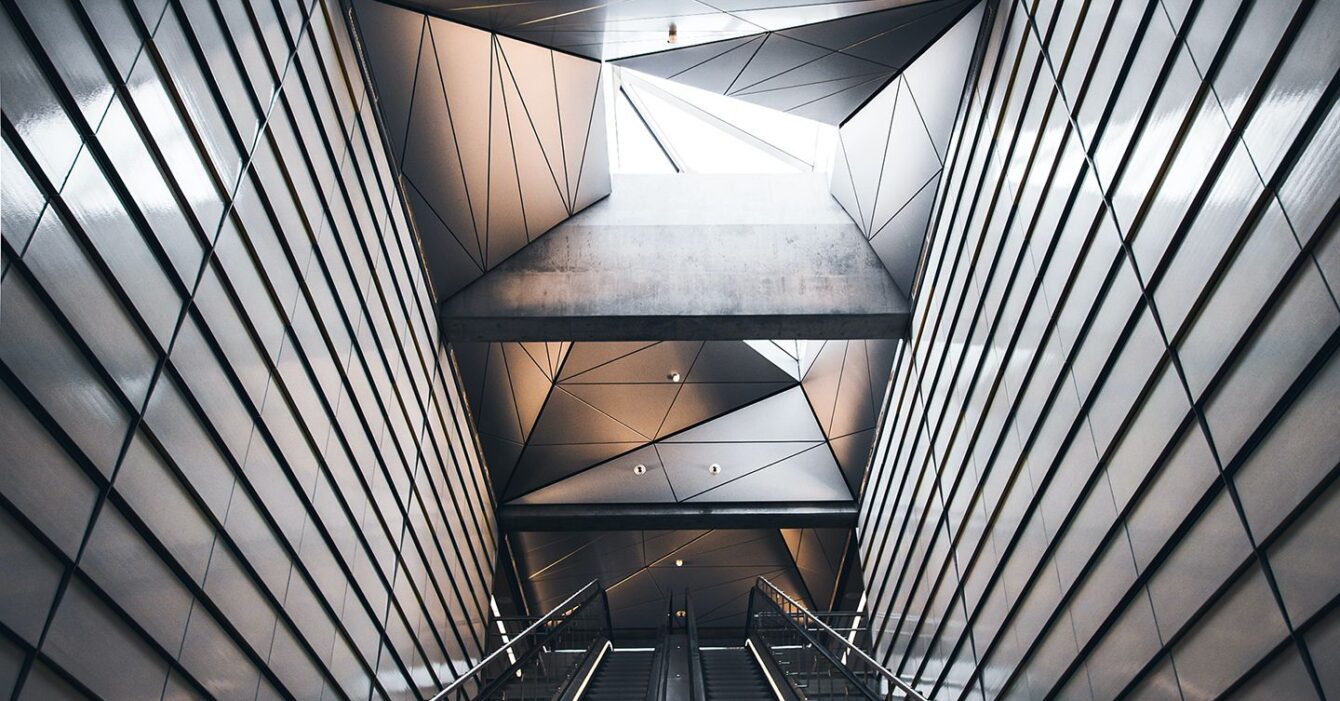
Glass Partitions
Glass partitions, also known as glass dividers or glass walls, are interior architectural elements made primarily of glass that are used to separate or define spaces within a building or office environment. They provide a range of benefits, including increased natural light, improved aesthetics, and enhanced spatial flexibility. Here's an overview of glass partitions, including their characteristics, advantages, and common applications:
Characteristics of Glass Partitions:
- Glass Panels: Glass partitions consist of glass panels that can vary in thickness, transparency, and design. These panels can be frameless or framed, depending on the desired aesthetic and structural requirements.
- Framing: Some glass partitions are supported by minimal metal or wooden framing, while others may use floor-to-ceiling structural components, creating a more open and transparent appearance.
- Types of Glass: Different types of glass can be used for partitions, including clear, frosted, tinted, or textured glass. The choice of glass type influences privacy, aesthetics, and light transmission.
- Sliding or Fixed: Glass partitions can be either fixed in place or designed to slide, fold, or pivot to allow for flexibility in space utilization.
- Soundproofing: Special acoustic glass can be used in partitions to provide sound insulation, making them suitable for office environments where privacy is essential.
Advantages of Glass Partitions:
- Natural Light: Glass partitions allow natural light to penetrate deep into interior spaces, reducing the need for artificial lighting and creating a bright and inviting atmosphere.
- Aesthetics: Glass partitions have a sleek and modern appearance that can enhance the overall aesthetics of an interior space. They can also be customized with patterns, graphics, or branding elements.
- Flexibility: Glass partitions offer flexibility in configuring and reconfiguring spaces, making them ideal for offices, meeting rooms, and collaborative workspaces that may need to adapt to changing needs.
- Transparency: They maintain a sense of openness and connectivity within a space while providing some level of separation and privacy.
- Sound Control: Glass partitions can incorporate soundproofing features, allowing for quieter and more private workspaces in open-plan offices.
- Easy Maintenance: Glass surfaces are easy to clean and maintain, requiring minimal effort to keep them looking pristine.
Common Applications for Glass Partitions:
- Office Spaces: Glass partitions are frequently used in office environments to create individual workstations, meeting rooms, and collaborative spaces. They promote transparency and natural light in the workplace.
- Conference Rooms: Glass partitions are used to create conference and meeting rooms, allowing for privacy during meetings while still maintaining a connection to the surrounding workspace.
- Retail Spaces: Glass partitions can be employed in retail settings to separate different sections of a store or to create changing rooms.
- Hotels: Glass partitions are used to divide spaces in hotel lobbies, restaurants, and meeting rooms, enhancing the visual appeal and functionality of these areas.
- Healthcare Facilities: Glass partitions are used in healthcare settings, such as hospitals and clinics, to create examination rooms, consultation areas, and waiting rooms.
- Residential Spaces: Glass partitions are increasingly used in residential interiors to divide living areas or create glass-enclosed home offices, all while allowing the flow of natural light.
- Educational Institutions: Glass partitions are employed in schools and universities to create classrooms, study areas, and lecture halls with an open and collaborative atmosphere.











